

Have you ever given much thought to that musky smell in your grandmother’s perfume? Would you believe me if I told you her signature scent came straight from the glands of male deer.
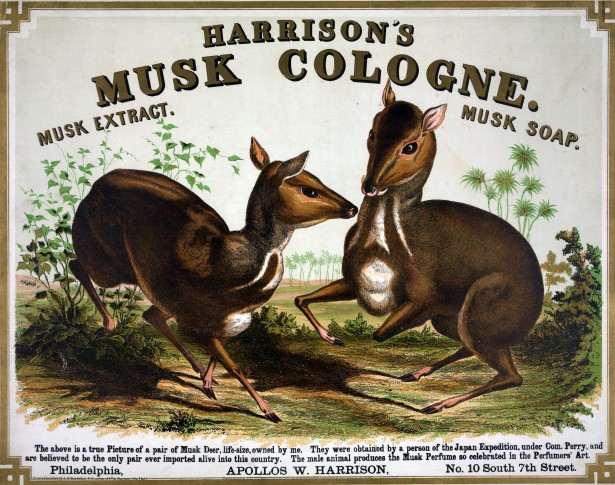
Or what about the waxy substance used to waterproof boats? You know it historically comes from shark liver oil, right?
Or, for my fellow homeopathic remedy enthusiasts out there, I hope you know that the main ingredient in leading natural flu medications is ground duck liver. I mean, who doesn’t like a healthy capsule of foie gras come flu season?
Hi. I’m Alex Geller, hosting the premier of Fathom’s new podcast, Especially Big Data, where we’ll use data to talk about the many subjects it documents, which can include everything from what you ate for breakfast this morning to the variability of global ocean currents. In other words, people collect data to track almost everything these days.

At Fathom, we spend our days exploring and communicating patterns in data, no matter how large or small it may be. We’re trying to give meaning to numbers on a spreadsheet, or millions of spreadsheets for that matter. Actually, often the data doesn’t even take the form of a spreadsheet, but, regardless, reminding ourselves that there is life behind each datapoint can be challenging.
Let me give you an example.
This is a recording taken just after my friend’s younger sister was born. And yes, I do feel like I’m stepping into someone else’s personal moment here, but it’s pretty incredible to watch.
Her mom’s smile is practically bigger than her face, her dad is tearing up, there’s tons of family pacing in the lobby, and [beeping] that was the noise of Jenny Ellis being entered into a database. A healthy girl weighing six pounds and 13 ounces bumped Minnesota’s population up from from 4,919, 478 to 4,919,479, back in 2000.
“My awareness of her as a single individual would likely get lost in the sea of millions of other young women just like her.”
This year, Jenny was added to the number of licensed drivers in the state of Minnesota. Someday soon, if all goes well, she’ll be added to the admissions statistics of some college.
Now, from the perspective of someone like my self, who might be looking at the demographic trends of young women in America, Jenny would exist as series of data points, each marking a significant event that our government cares about tracking, and my awareness of her as a single individual would likely get lost in the sea of millions of other young women just like her.
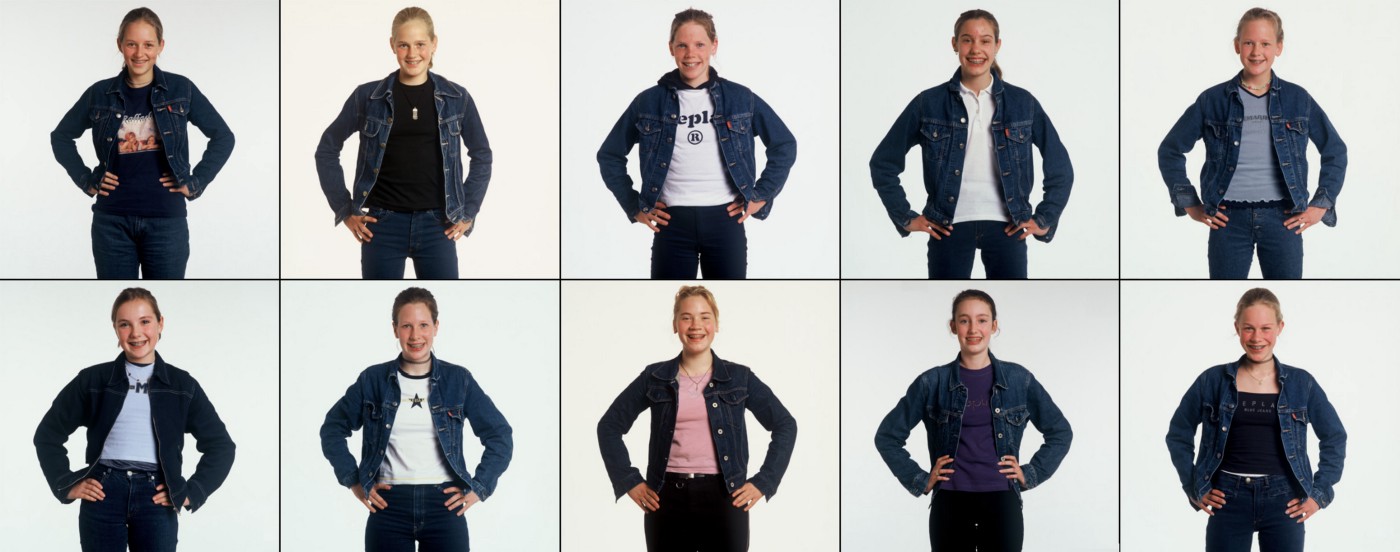
And as someone making assumptions about the status of this population, I have no idea about all of the experiences occurring in between each data point. Like whether some crazy YouTube video influenced the career choices of thousands or if a disease outbreak caused an influx of students to repeat a grade of high school.
I would need to hunt for additional datasets or other sources of context to provide that information.
At Fathom, we like to show you everything data can tell you, while also shedding light on everything it leaves out. Like all of our design work, the stories you’ll hear will start with data, and we’ll shake out the details from there. To kick things off, we thought we’d give you a glimpse of the total weirdness that often comes with parsing a dataset.
The CITES Trade Database is a great example that we worked with this past summer. And honestly, some of the odd things we found still make me cringe a little bit. Actually, going through this data made me think of those times when your older sibling turns on a horror film and you don’t want to watch it but you don’t want to leave the room,so you stay, inevitably watching the entire thing through closed fingers.
That pretty accurately sums up how we felt.
CITES is the Convention on International Trade in Endangered Species of Wild Fauna and Flora, and each year they collect data on millions of animals and plants worldwide. They document the quantity, the use cases, and the locations of species that are exchanged.
When National Geographic came to us to build a product on international animal trade, we assumed we’d be dealing with fish trade for sushi, cow trade for burgers, sheep wool for sweaters, etcetera. What we got — well — let’s just say it opened up a whole new world of information that we hadn’t been acquainted with.
I was expecting the data to be weird and creepy, but the more we looked at it the weirder and creepier it got.
That was Olivia Glennon, our lead designer and developer on the project.
The dataset included things like centimeters of whale specimens, grams of African elephant hair, there was, like, milliliters of soup of some unknown animal, I don’t know what that was, liters of seal oil.
It was interesting because I don’t think a lot of the time about where animals are being used besides eating them. So there was a lot of realizing like, oh hairbrushes might actually be made from animal hair, or there’s this one duck — the Muscovy duck — that’s used as a flu treatment. And then there’s this one kind of monkey that was traded a ton, and through a quick internet search I saw that it was used as a space flight test animal, and so things like that I was not expecting.
It’s worth noting that trade data can be complicated to deal with. Depending on the exchange, some countries don’t report certain items or quantities, so there can be a lot of discrepancies. For instance, if a product was shipped in December, but received in January, each country would document the transaction solely within their end of the calendar year. Because it would be recorded both in 2015 and in 2016, the data might imply that two transactions occurred, rather than one.
Another example is that with live species, there are cases where one country exports a certain number of animals or plants, but if the species don’t make it through the journey still breathing, the receiving country won’t verify that the exchange ever occurred. Depending on the legality of the trade, we might not even see a transaction in the data.
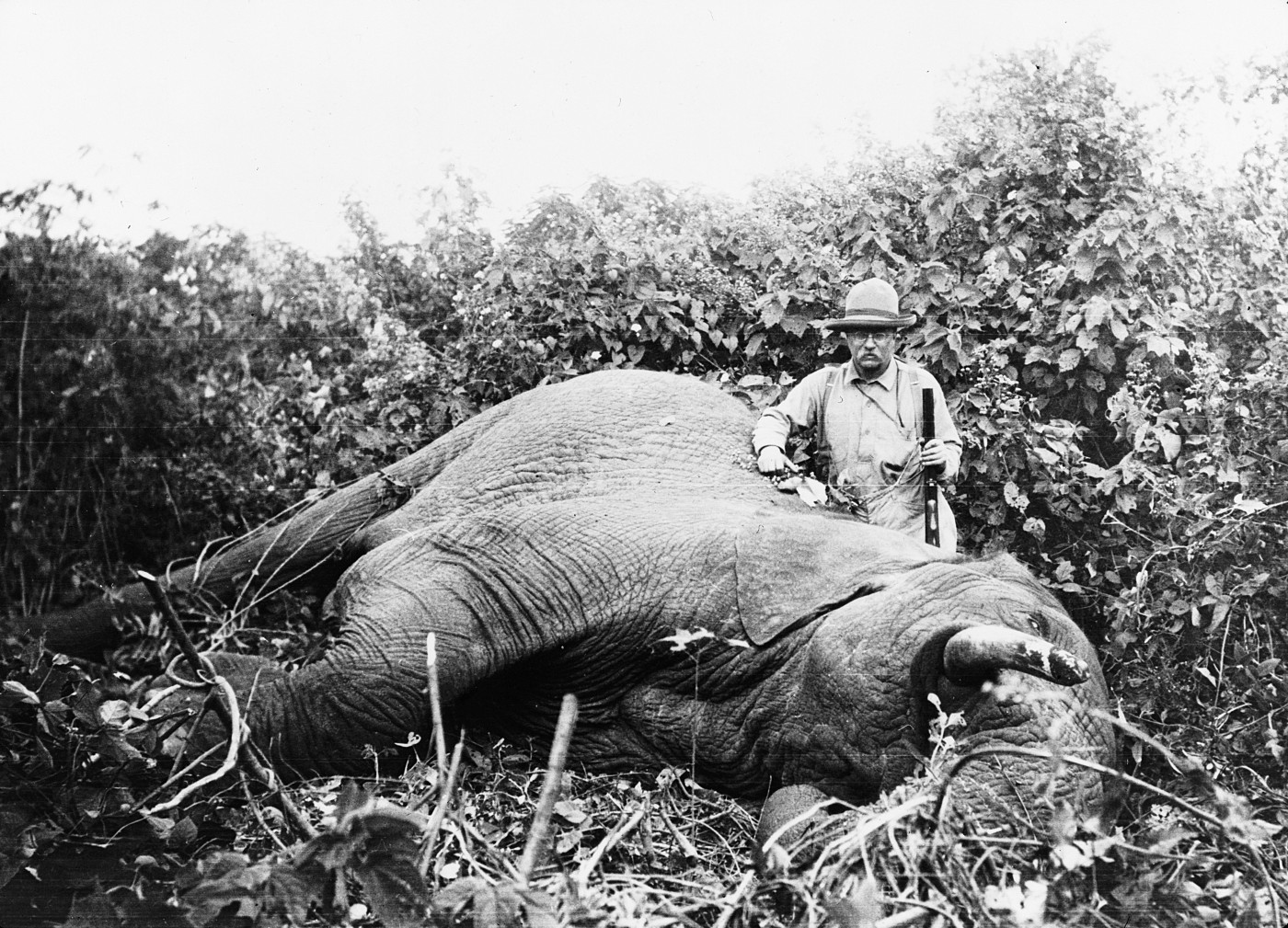
Ivory trade, for instance, isn’t really tracked in the database, because often it’s traded illegally. So what does it mean if trade isn’t reported?
If people are killing and trading, let’s say, an abnormal amount of black bears in the U.S., and it’s happening off the record. It becomes a lot harder to track their disappearance. And when a park ranger realizes there have been far fewer bear sightings in one year compared to those prior, they have no idea if it’s because of behavioral changes, or illness, some Darwinian weakening of the species, or because hunters have been removing the bears’ gallbladders and paws to sell to the black market and to Chinese apothecaries for lucrative medicinal purposes, as was the case for American black bears living in Virginia’s Shenandoah Park in the eighties and nineties.
And the mysterious disappearance of bears at that time could have been tracked down and resolved much faster if there had been accurate records documenting the details of trade.
Today, things are a little different. Whether reporting a full animal that was traded, or the isolated exchange of a pair of claws, CITES is pretty thorough in their documentation.
There were live bears, but there were also bear specimens, and then they were also divvied up into like portions of bears — there might be a bear specimen but it was only like 3 cubic centimeters of this bear.

In the end, we focused on animals that were traded in full, so we had to exclude the entries that only measured pairs of tiger claws or sets of owl feathers and so forth.
But taking the reporting discrepancies like timing or the state of deliver or legality of trade into account, measuring trade by quantity felt less and less useful.
We didn’t want to downplay the exchange of animals that were traded in smaller numbers. Just because over 15 million reptiles were traded and there’s probably a surplus of snakeskin bags on the international market, doesn’t mean we should ignore the mere 91 whale shark fins that were used to make storefront signs.
Plus, when we focused too much on quantity, there’s that whole issue of comparing apples to oranges. Or elephants to leeches in this case. From the human use perspective, a single elephant isn’t comparable to a single medicinal leach — 100,000 medicinal leeches, maybe, but 1:1 isn’t really 1:1 here.

“If you eat meat, then I don’t see what’s wrong with putting donkey hide in your medical preparations, frankly.”
When we began representing elements of the dataset outside of quantity, we noticed a lot more peculiarities. We learned, for instance, that more than a thousand musk deer were traded between East Asian countries and the U.S. for reasons like “medicine,” and “musk.” It turns out that musk—you know that sort of earthy woody smell in perfume— is actually a fluid secreted from the preputial gland of male musk deer. The gland is located near the family jewels, and often they kill the deer just to obtain the fluid.
When compared gram-to-gram, musk is worth three times its weight in gold.
We were surprised to learn that nearly one in ten animals traded were used for medicinal purposes. Or at least that’s how it was categorized. In East Asian medicine, turtle shells are a cultural symbol of long life, fertility, and strength, and have historically been ground up into this gooey black jelly to help improve skin and enhance muscle growth.

Chicken bones, cicada skins, and donkey hide have also been used in the region for various health effects. And then, of course, there’s the Muscovy duck we mentioned earlier, whose livers are used by a French medical company to create a widespread homeopathic flu medicine.
Stumbling across these cases in the dataset was astonishing at first, but I began to feel a little shortsighted after speaking with experts in the field.
If you eat meat, then I don’t see what’s wrong with putting donkey hide in your medical preparations, frankly.
That’s Dr. Bridie Andrews, an associate professor of History at Bentley University, and a teacher of The History and Culture of Chinese Medicine at the New England School of Acupuncture. She told me how animals have historically been used in traditional Chinese medicine.
Donkey hide is a really useful drug. If you have injury, and you take a bone mending preparation that includes donkey hide, than when you’re an older person and the weather changes, people often say oh that broken bone, or oh my old injury is bothering me because there’s a change in the weather. The donkey hide stops that from happening.
According to the database, the U.S. and Japan are the only countries importing animals for medicinal use from places like China, Hong Kong, and Vietnam. But the more I spoke with Dr. Andrews, the more I questioned how we distinguish medicine from cultural practice.
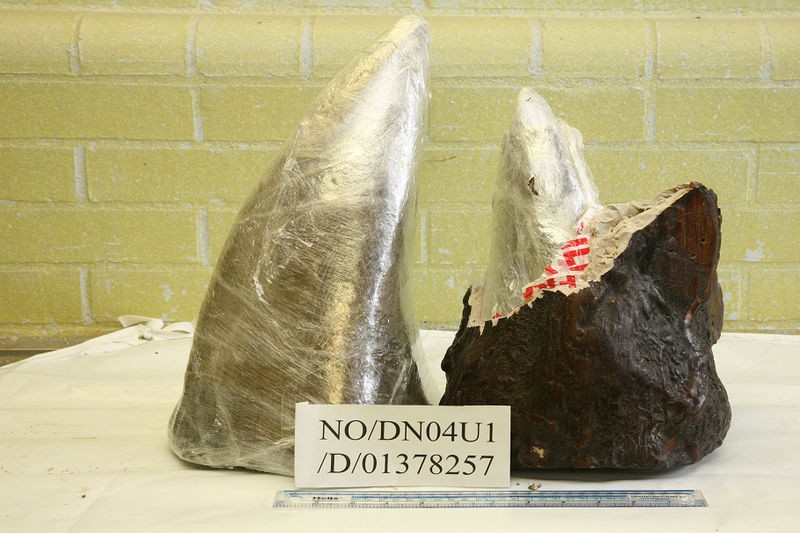
There’s a long history of using rhinoceros horn for recovery from severe chronic ailments. So last year, I had a student from Vietnam, which is currently the epicenter of the use of rhinoceros horn, and he wanted to investigate whether there was anything in this claim that it was good for these afflictions, and the reason for that was the environmental community goes around saying “why are you using rhinoceros horn for these medical reasons, it’s no better than chewing your nails, so you’re inflicting this terrible destruction on the rhino population of the world.”
Now the reason my student was most interested in rhino horn was he has serious ambitions to be rich, and in the environment that he comes from, in Vietnamese business circles, one way to demonstrate your success and your wealth is to invite other businessmen to come and have an extract of rhino horn given to them as an extremely expensive gift. So there’s a sense or there’s a reality that rhino horn has become a particular culture’s way of demonstrating success and wealth through conspicuous consumption.
So he went off and researched this. Now first of all, you can find a very long history of the use of rhino horn in the Chinese medicinal literature. And then he also was able to find many articles in peer-reviewed scientific and medical journals that could show with laboratory studies and clinical trials that extracts of rhino horn had medical effects. So to me, this is really fascinating because it shows that that dominant narrative within the environmental community, “you are morally bad and misguided,” needs to be adjusted.
Dr. Andrews raises this really interesting point. There’s this tension that exists between environmental and animal rights groups, and those who use animals for medical drugs. And this is old news, yes, but what I hadn’t questioned when first looking at entries in the database was how do we even define “medicine” to begin with. Because it’s this very method of classification that influences out understanding of or ignorances of the issue in the first place.
By categorizing animal usage as broadly as “science”, “medicine”, or “education”, especially when the definitions of those criteria vary by culture, it’s difficult to understand what’s really going on.
To this is an extremely expensive drug. It’s a kind of caterpillar which gets colonized by a particular fungus while it’s undergoing hibernation, and it’s called “winter bug, summer grass.” So, you know, my friend, a woman over 50, she says, “I make a duck soup for my husband to eat every day and every day he has four or five of these little bugs with the fungus growing out of them, for his vitality. Men over the age of 50 should have something like that to keep their strength up.”
So she make swallow’s nest soup for herself and uses the fungus-infected caterpillar-like bug for her husband. So these are, in each case, extremely expensive, so the fact that these people, my friends, are able to do this is a way of them saying, “I have the money to spend on this, I am successful,” but also it’s like the very expensive magic substances that get marketed in the west. If you’re well off, you might be able to stave off aging and death for a bit longer by buying these highly expensive products.
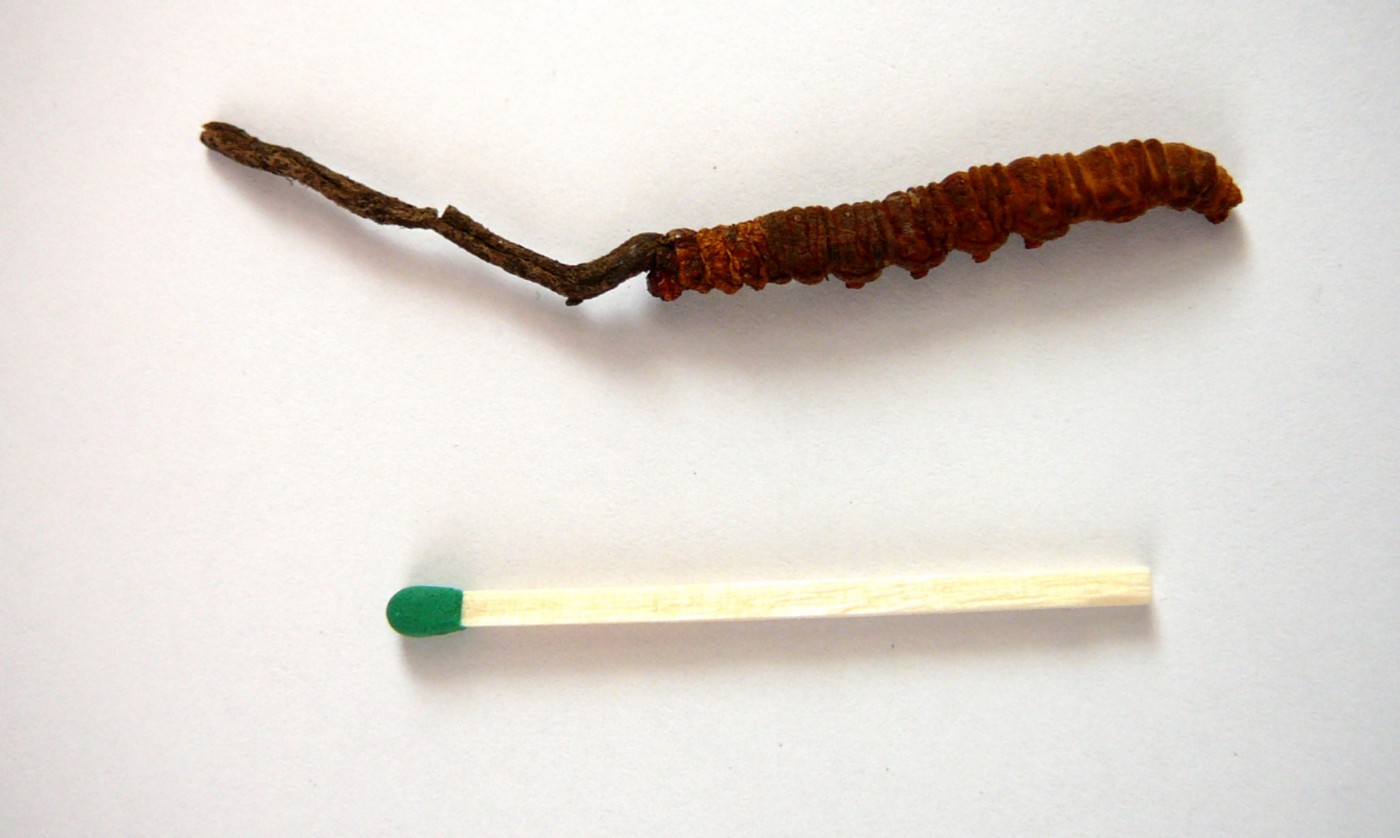
If threatened animal species are traded for their cultural cachet, but the exchange is documented as medicinal use, we have a bit of a problem, right? There’s a blurry line between using animals for what one person calls medicine, and then what another may call superfluous. At what point should a government step in to forbid certain medical practices, like the Eastern tradition of using rare bird’s nests to stave off symptoms of aging?
Is it the rarity of the animal that calls for government intervention or the likelihood of human harm that that deters it?
As recently as the 80s, France and North American countries were, after all, using cells of hamsters, dogs, and fetal calves to produce rabies vaccines.
I think the one we can make the most meaningful intervention in is things like sea slugs or rhino horn, which are being used not so much for the medicinal effect but for the cachet associated with them. But rather than saying, “you’re mad and bad for using this,” we should say, “okay, we understand that it has there effects, but you can get those same effects from these other products, so that the social interaction of demonstrating wealth and hospitality can still be used. There’s more going on here than than just addiction to a supposedly very efficacious medical effect. No, it’s about demonstrating wealth.
So here we are, placing value on different lives, placing value on different physical ailments, and placing value on different culture’s interpretations of scientific methodology.
And these are all really important distinction that should be captured in the data. Whether it’s a matter of documenting the level of threat for each species, or adding the monetary value of each animal, the dataset could be so much more meaningful with added detail.
As I’m untangling the own stance on the issue, my inner environmentalist says “of course it’s not okay to use animal parts in medical preparations.” Especially if the animal is threatened and especially if the supposed medial use perpetuates cultural expectations. At the same time, I haven’t been a vegetarian since my college days.
The issues is that even at it’s most transparent state of reporting, the terms and definitions within the dataset mean different things to different people. So in the end, the raw information is still confusing unless we seek additional context.
Because without a more detailed breakdown of the products we purchase, and without understanding all of those in-between moments of where those products have traveled, we’re not able to make meaningful decisions about our consumption patterns.

The visualization that we produced for National Geographic represents the data and context of international animal trade. You can explore different uses of each animal, the top importers and exporters, and the quantity of animals that were traded. And while we didn’t have the information needed to share the birthplace, selling price, or level of threat for the Siberian weasels that were likely used to make any set of paintbrushes you might own, we hope you’ll at least have the information needed to go home and check the ingredients of your favorite products.
The data doesn’t give us a final explanation in this case. But it does offer a starting point. You can explore the actual visualization, Space Monkeys and Tiger Wine, here.
We’d love to hear what you’re working on, what you’re curious about, and what messy data problems we can help you solve. Drop us a line at hello@fathom.info, or you can subscribe to our newsletter for updates.